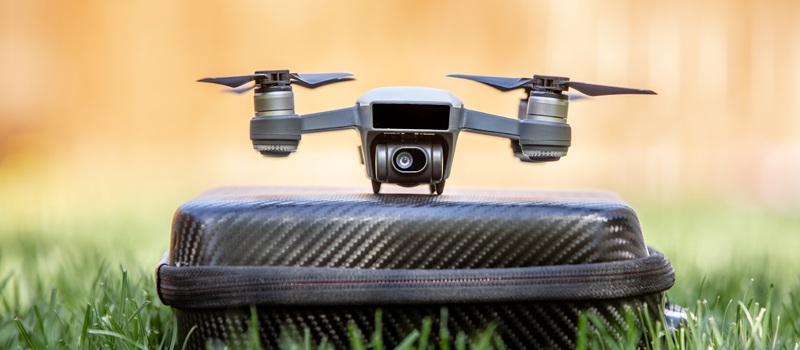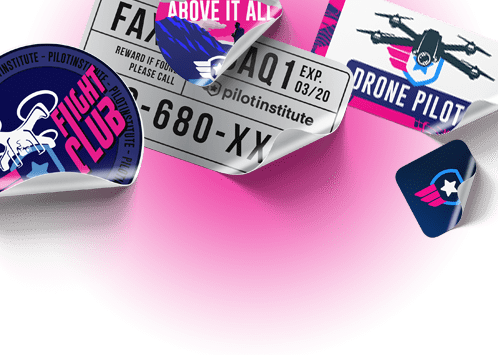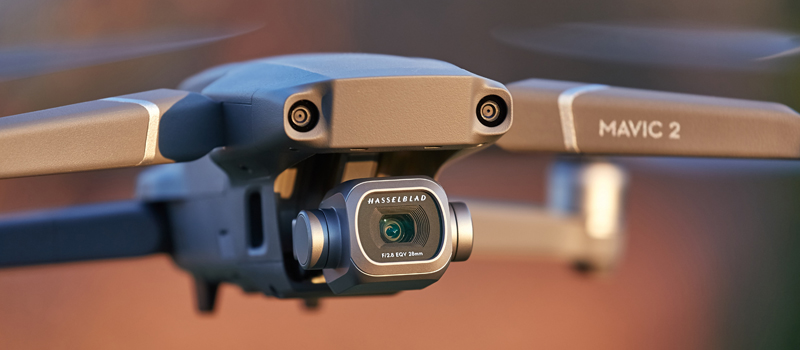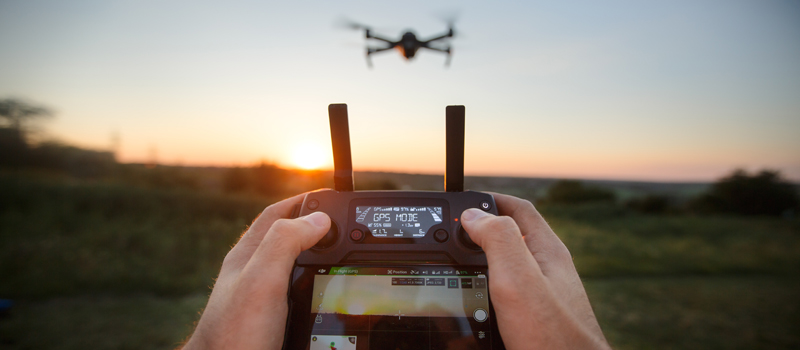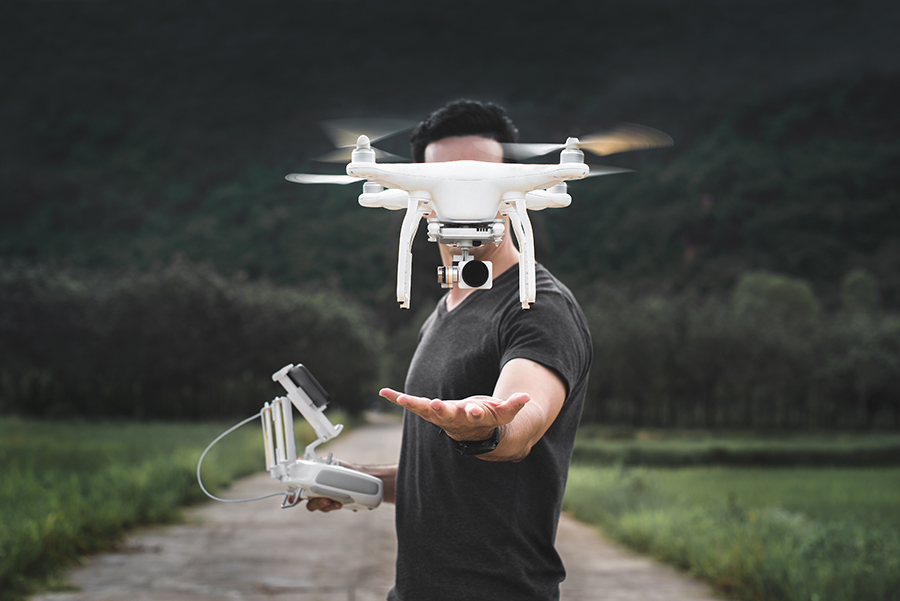Drones have gotten so popular that it has now become common practice for people to bring drones on their trips or on vacation. However, there is one anxiety-inducing hurdle for this idea – will you run into any problems bringing a drone to a plane ride?
There is generally no problem in bringing drones to plane rides as long as you bring them as carry-on luggage and the batteries are separately packed and individually protected. There are typically also limits on the number of spare batteries you can bring and their respective power ratings. If in doubt, it is best to get in touch with your airline regarding this matter several days before your planned flight.
Relevant regulations
To make this discussion worthwhile, it would be best to look into official regulations concerning the act of carrying drones into planes. There are several references we can consult, arguably all of which are relevant.
TSA
The TSA website simply states that drones are allowed through checkpoints, but the final decision of whether to allow them to pass through rests on the on-site TSA officers. Passengers are also advised to check their airline’s policies on drones. While this statement may seem troubling, it is pretty much the default TSA policy for lots of other in-flight items.
ICAO
The International Civil Aviation Organization (ICAO) provides more comprehensive guidance on bringing drones on flights. The guidelines are not specific to drones but rather apply to all personal electronic devices (PED).
According to Doc 9284 of ICAO, batteries can be carried by passengers as carry-on luggage provided that they comply with certain requirements. These include testing of the battery based on the UN Manual of Tests and Criteria, Part III, Subsection 38.3. This guarantees that the battery can endure any possible adverse condition that it can encounter during the flight. If you’re unsure if your battery complies with this requirement, it would be best to ask the drone or battery manufacturer.
The ICAO manual also states that drone batteries must not exceed a power rating of 160 Wh. Batteries that are rated higher than 100 Wh are allowed but are subject to certain restrictions, namely that only two spare batteries can be carried as carry-on luggage.
Spare batteries should be individually packed and protected against short circuits by insulating the battery terminals. It is best to advise the check-in personnel if you have any lithium-ion batteries in your carry-on luggage. They should be able to help you comply with any relevant regulations.
Airlines
We recommend getting in touch with your airline prior to your trip just to check if they have specific guidelines regarding carrying drones. You will likely find that airline policies are in line with FAA, TSA, or ICAO regulations.
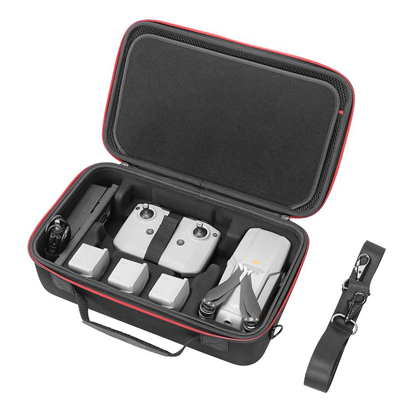
Since you’ll probably bring the drone as carry-on luggage, you will have to make sure that the size of your drone bag or carrying case is within the allowable carry-on size for the plane. For this reason, bringing a drone on an airplane flight is much easier if you stick to ultra-portable drones. A compact hard plastic carrying case works best for this.
Customs
The issue with Customs isn’t whether you’re allowed to bring a drone on a flight – it’s whether you will be asked for a Customs fee for the drone on your return trip. This can happen if Customs officials mistakenly identify your drone as something that was newly purchased.
To avoid this confusion, you can simply register the drone as a “Personal Effect Taken Abroad.” This just certifies that you brought the drone on your outbound flight and will be returning home with it.
For the most part, airline and TSA personnel are already well-trained to handle and check drone equipment in passenger luggage. As long as you know the pertinent regulations on lithium-ion batteries, you should not run into any serious problems.
Review drone laws in your destination country
Getting a drone into your flight is one thing but flying it in another country is a lot more complicated. Just like the US, other countries may have strict rules on drone flight. There are even countries where drones are completely banned. Not knowing the local rules in your destination can result in your drone being confiscated or you being denied entry to the country.
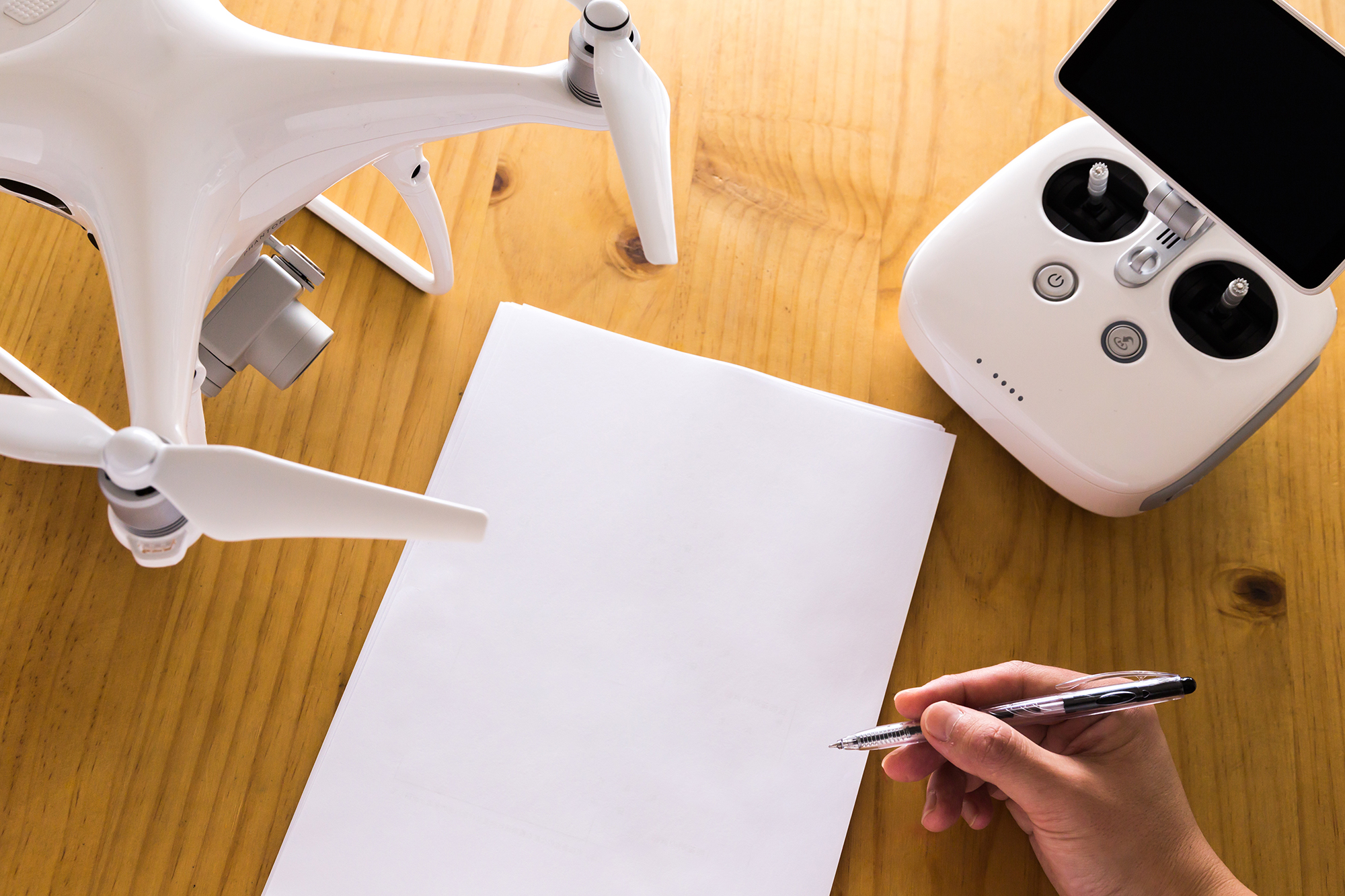
In most cases, you will have to go through some registration process before you can use your drone. Even if your destination allows for drone operations, there may be some exceptions particularly in conservation areas or near structures that are historically or culturally relevant. It is almost impossible to know these rules if you do not do your research.
As drones become more popular worldwide, it is only natural that national policies on drone use continue to evolve. If you’re planning on traveling with your drone, you have to research relevant rules and restrictions both for air travel and for your destination. Not only is this the responsible thing to do, but it can also help avoid having your drone confiscated or violating the laws of another country.
Final thoughts
There’s always some anxiety when you carry something unusual, like a drone, on a commercial air flight. Thankfully, flight restrictions on drones are now a lot more well-defined compared to the past few years.
Preparation and research are practices that remain valuable, should you wish to set out on air travel with your drone. You will want to get in touch with your airline and communicate your plans. You will also need to read up on drone laws specific to your destination country, state, or city.
